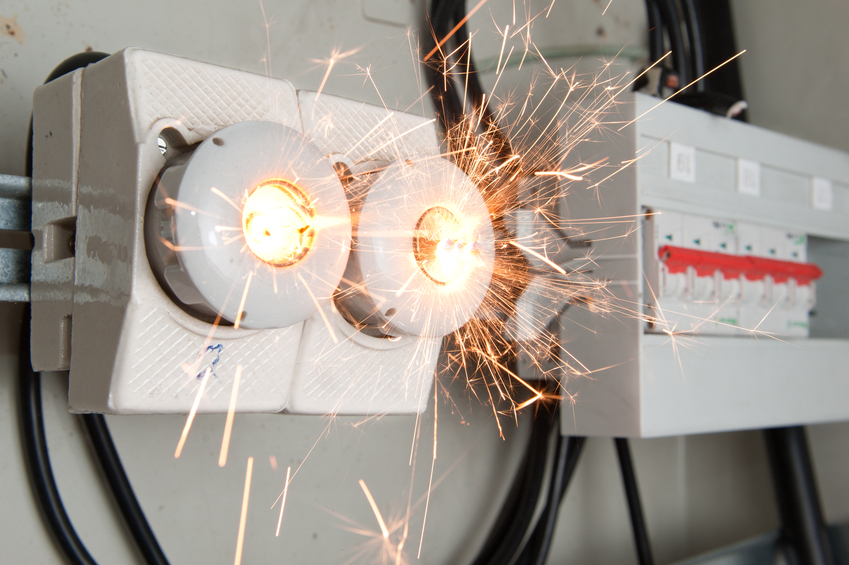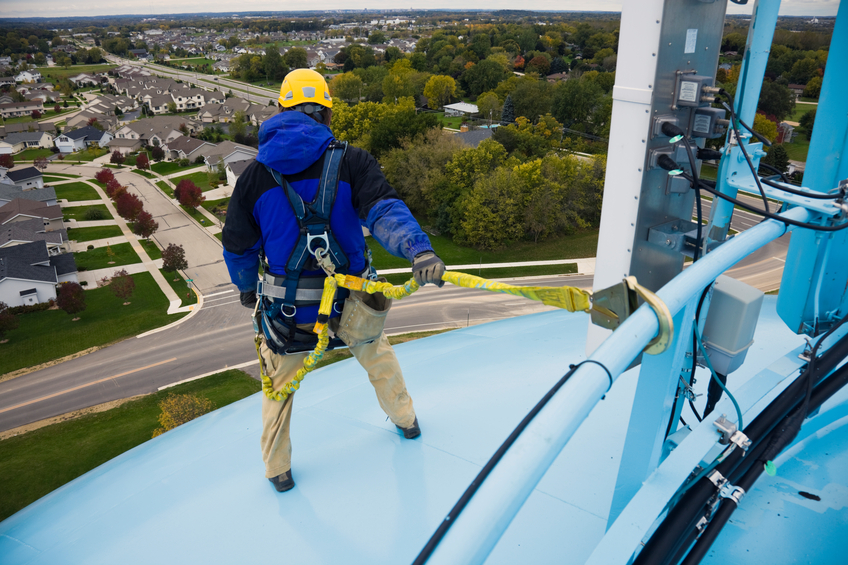Construction Safety 12 PDH Discount Package 2
Courses in this Package
Electrical Safety (E06-005)
Scaffold Use in the Construction Industry (S06-001)

This online engineering PDH course describes the hazards of electrical work and basic approaches to working safely.
Whenever working with power tools or on electrical circuits, there is a risk of electrical hazards, especially electrical shock. Anyone can be exposed to these hazards at home or at work. Workers are exposed to more hazards because job sites can be cluttered with tools and materials, fast-paced, and open to the weather. Risk is also higher at work because many jobs involve electric power tools.
Electrical trades workers must pay special attention to electrical hazards because they work on electrical circuits. Coming in contact with an electrical voltage can cause current to flow through the body, resulting in electrical shock and burns. Serious injury or even death may occur. As a source of energy, electricity is used without much thought about the hazards it can cause. Because electricity is a familiar part of our lives, it often is not treated with enough caution. As a result, an average of one worker is electrocuted on the job every day of every year!
This 6 PDH online course is applicable to electrical and mechanical engineers, electricians, plant operators, construction personnel and others seeking an understanding of the basics of electrical system safety.
This PE continuing education course is intended to provide you with the following specific knowledge and skills:
- Understanding the dangers of electricity
- Understanding the dangers of electric shocks
- Familiarizing with the burns caused by electricity
- Learning how to recognize, evaluate, and control hazards
- Knowing how to work safely
Once you complete your course review, you need to take a multiple-choice quiz consisting of thirty (30) questions to earn 6 PDH credits. The quiz will be based on the entire document.
Upon successful completion of the quiz, print your Certificate of Completion instantly. (Note: if you are paying by check or money order, you will be able to print it after we receive your payment.) For your convenience, we will also email it to you. Please note that you can log in to your account at any time to access and print your Certificate of Completion.

This online engineering PDH course provides OSHA guidance on scaffolds for protecting workers using scaffolding systems on construction sites.
Scaffolding hazards continue to rank high on the list of most frequently cited standards in the construction industry. Workers involved in working on scaffolding systems are exposed to potential fall hazards. Scaffold-related accidents account for a significant number of fatalities in the construction workplace.
OSHA recognizes that working on scaffolding systems present serious hazards to all workers involved. Therefore, OSHA developed the Scaffold Standard to protect workers using scaffolding systems on construction sites.
This 6 PDH online course is applicable to employers/business owners, engineers, managers, construction contractors/workers and any other personnel working on construction projects that require scaffolding.
This PE continuing education course is intended to provide you with the following specific knowledge and skills:
- Scaffold capacity requirements
- Scaffold platform requirements
- Criteria for supported scaffolds versus suspended scaffolds
- Access and use requirements
- Fall and falling object requirements
- Specific scaffold and aerial lift requirements
- Training requirements
- Construction focused inspection guidelines
In this professional engineering CEU course, you need to review OSHA 3150, "A Guide to Scaffold Use in the Construction Industry".
Upon successful completion of the quiz, print your Certificate of Completion instantly. (Note: if you are paying by check or money order, you will be able to print it after we receive your payment.) For your convenience, we will also email it to you. Please note that you can log in to your account at any time to access and print your Certificate of Completion.